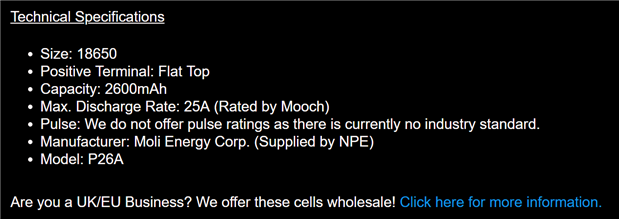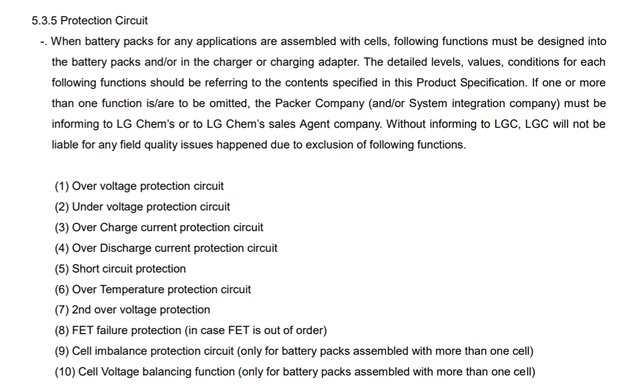I was wondering, if I wire for example 2 2700ma batteries in series to get roughly 8.4 v cell fully charged but use a step down convertor to bring the voltage down to 5v do I gain back any of the capacity between the two cells? Ideally I would want to wire in parallel for the project but unfortunately I need to draw up to 3.7ish V which would become impossible as the batteries discharge. I'm new here so please go easy on me I'm trying to do as much reading as I can but would appreciate the help.




